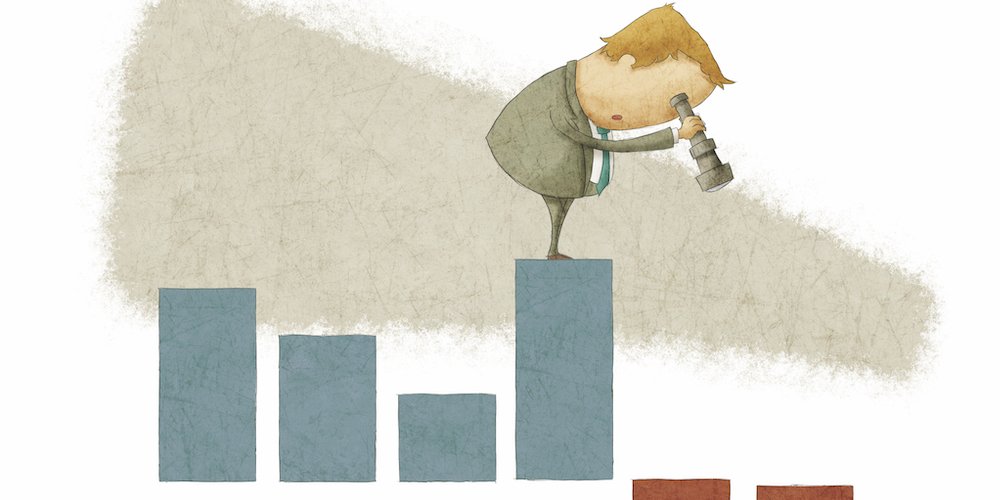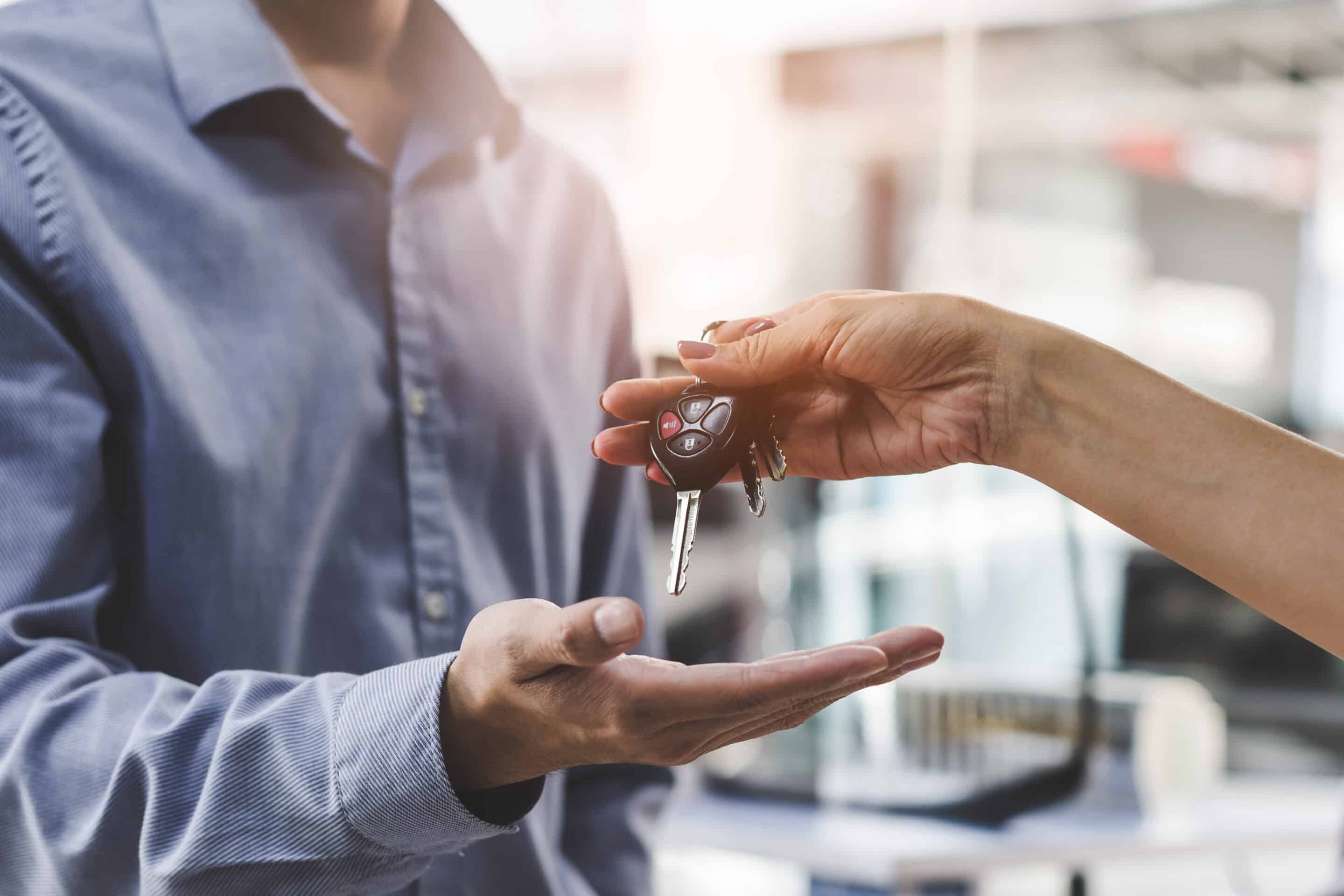The most under-reported story of our industry today is that of rising interest rates. Given all of the headlines surrounding tariffs and trade wars, politics and a booming economy, the topic of interest rates in our very rate-sensitive industry is not getting sufficient attention.
The Fed has now raised interest rates seven times in this current cycle of rate hikes starting in December 2015. Moreover, Fed Chairman Jerome Paul said in July 2018 that the Fed intends to continue to increase interest rates once every quarter for the foreseeable future. That puts interest rates on a path to add 100 basis points (or 1%) in interest expense over the next year. This is the most aggressive set of interest rate rises since the period of 2004 to 2006 when the Fed raised rates 400 basis points over 2 ½ years in the run up to the 2008 financial meltdown. (To be fair, the increases in rates were an attempt to prevent economic over-heating and a financial meltdown, but that is not how things played out, as we all know.)
Rising interest rates impact auto retail in very direct ways as it relates to operations and financial performance, and some less direct ways as it relates to the buy/sell market. As we enter this period of rising interest rates, it is worthwhile to think through the implications.
Interest rates are unique in that they impact multiple aspects of a dealership P&L, starting right at the top with the revenue line. All things being equal, rising interest rates increase the cost of financing a car and will inevitably lower car sales. With that said, there are other drivers of car sales including today’s record low unemployment and rising wages; however, it is worth remembering that rising interest rates themselves depress industry revenue. (That is actually the point of rising interest rates: to moderate the growth of the economy, so as to avoid unhealthy levels of inflation.)
At the same time, interest rates directly impact multiple elements of a dealership’s cost structure. Dealers today are all starting to see the rising cost of floorplan expense, a line item that was often a net contributor to profit in recent years given flooring credits. Average floorplan has recently flipped from a net profit contributor to a growing expense. In 2015, the average dealer made over $100,000 from floorplan. Today, the average dealer is tracking to over $50,000 in annual expense. That’s a threefold change in floorplan expense in just three years.
Additionally, for dealers with corporate debt and CAP loans tied to floating rates, interest expense has already risen considerably. Since January 1, 2017, the 30-Day LIBOR rate, the most common benchmark for acquisition debt, has risen 160 basis points. For other dealers with fixed interest term loans, they will see the impact of rising interest rates when those loans reset in the coming years. The average term for a commercial loan is five to seven years, so there may be some delay in the impact of those higher refinancing rates, but they are certainly in the offing.
And, we are already seeing the cost of higher interest rates reflected in rent. The combination of increasing facility requirements and higher interest rates are materially driving up rent expense. Rent per new vehicle retailed has increased from $827 to $909 in the last 12 months, reflecting a 9.9% increase. In a tight-margin business, that is a lot of rent expense for every car sold!
To further consider the impact of interest rates on our industry, we assessed NADA average dealership performance and performed a sensitivity analysis, assuming an additional 1% increase in interest rates. The impact on NADA average dealership profitability in our analysis was a notable 18% decline in earnings. Operating profit actually went from $87,000 to a negative ($163,000). Bottom-line profits, which are driven by Other Income, declined to $1.1M, down from $1.4M.
While the impact on dealership profitability is more visible and better suited for a financial model, the implications for the buy/sell market are equally important though perhaps a little more subtle.
Rising interest rates will, in time, increase the cost of capital. We frankly have not seen this direct correlation play out quite yet because there remains a tremendous amount of capital in the banking system. That is to say, there is an unusual level of liquidity in today’s market. But, raising interest rates is intended to address that, and will eventually cause investors to increase their required returns as their cost of capital increases.
As the cost of capital increases, buyers will reduce their blue sky pricing. In finance terms, increased rates raise the expected investment return, decreasing how much buyers are willing to pay for a given set of earnings.
The same logic applies to real estate. As interest rates rise, cost of capital rises, expected returns rise, and ultimately the price of real estate goes down. Here again, in talking with buyers of commercial real estate, they are not yet seeing change in valuation today, but they fully expect to see this change in the coming quarters and years.
The Big Picture
The overall impact of rising interest rates is generally negative from the perspective of those seeking to sell their dealerships. Interest rates will pose additional costs that may depress profitability and will limit what buyers are able to pay for franchises and real estate. All things being equal, rising interest rates are not a good thing.
So, what is a dealer to do? First, get prepared. The key to addressing any business issue is to understand it and develop a plan to overcome the challenge. In light of the increased costs outlined above, dealers will need to create efficiencies in other parts of their organization in order to maintain current levels of profitability.
Here, I would point specifically to technology. We observe dealers paying increasing amounts for technology platforms and subscriptions, but not seeing cost efficiencies. Reductions in personnel expense are not offsetting many technology investments. Now is an opportune time to start looking very critically at how you can leverage technology to drive down other elements of your cost structure to become a more efficient retailer.
Additionally, dealers should review the elements of their business models that are driving up interest expense. Any efficiencies that you can achieve as it relates to inventory levels and inventory turnover rates, as well as the land (e.g. storage lots) required to house that inventory, can help you offset increased flooring expense. Dealers might also consider tailoring compensation plans to factor the increased carrying costs of inventory, so as to align the business plan with management compensation plans.
Also, this is a great time to start discussions with your bank about options to manage interest rate risk. The dealer services divisions of the major banks are at times able to switch floating floor plan rates to fixed rates, often with relatively little cost. You might also take a look at the term on your current CAP loans and mortgages and evaluate the cost to lock in those rates for longer periods of time. The ability to secure a low rate for the next five to seven years provides greater visibility into your future cost structure and improves your ability to develop a strategic plan.
Ultimately, interest rates are rising, and are projected to continue rising over the next year. While the full impact of interest rate increases has not yet been realized, the effect on dealership profitability could be meaningful. Now is the time to start evaluating the impact on your business, and put plans in place to manage the issue, to maintain your profits, and ultimately your enterprise value.








